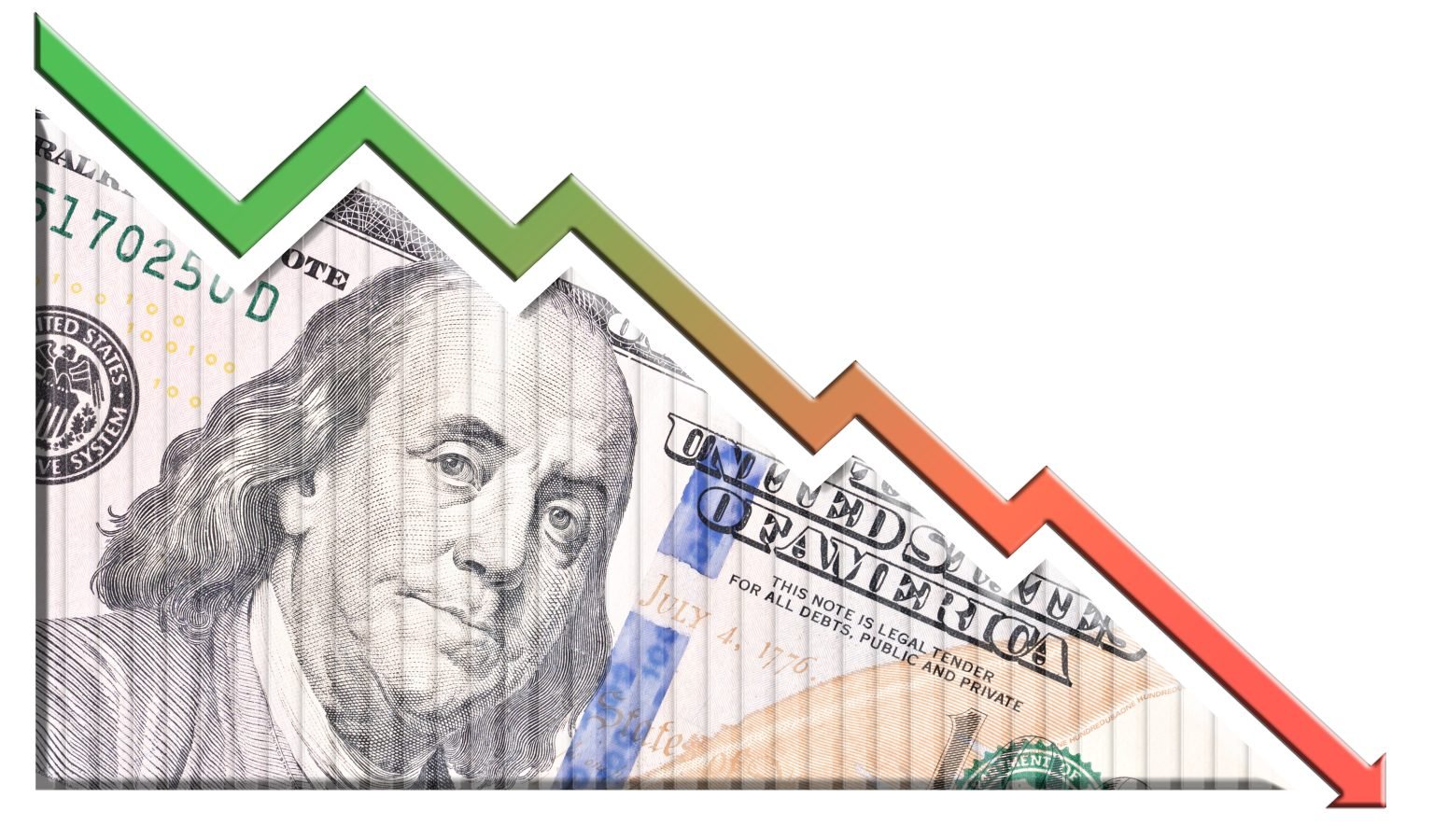by Simon Black, Sovereign Man:

On the morning of February 23, 1944, US President Franklin Roosevelt sent an important telegram to two of his key allies overseas– British Prime Minister Winston Churchill, and Joseph Stalin of the Soviet Union.
World War II was still raging. And while the allies had seized the upper hand, peace was more than a year away.
Surprisingly, though, Roosevelt didn’t write to his allies to discuss the war. He was already thinking about what the world would look like AFTER the war was over… and in the telegram, Roosevelt invited them to participate in a conference on “postwar economic collaboration”.
TRUTH LIVES on at https://sgtreport.tv/
The United States was already the largest and most powerful economy in the world. America was the only major power that hadn’t been devastated by war. And, most importantly, the US was so RICH that they were the world’s primary creditor.
Britain, in fact, was heavily in debt to the United States… and at the time was actually negotiating to borrow even more money. So Churchill couldn’t exactly refuse Roosevelt’s invitation.
44 allied nations ultimately attended what would become known as the Bretton Woods Conference that took place in July 1944. This event famously established a new, post-war monetary system in which the United States and US dollar became the epicenter of global commerce and finance.
What a lot of people don’t know is that a sort of ‘pre-conference’ took place the month before, in June 1944, in Atlantic City.
That site was chosen specifically for its cooler weather. British economist John Maynard Keynes suffered from a terrible infection in his heart valves, and hot weather made him feel much worse.
Keynes even pleaded to senior Treasury official Harry Dexter White, “For God’s sake do not take us to Washington. . .” where the weather was sweltering in the summer.
In the end they settled on Atlantic City, specifically for Keynes’s health. And the first meeting to shape the new global financial system even took place on the beach!
Worried about the way things are going in your country?
Download our FREE Ultimate Plan B Guide to discover how you can build your own robust Plan B and thrive – no matter what happens next…
Despite the balmy setting, however, Keynes was a thorn in the side of the American delegation; he was adamantly opposed to a post-war economic system in which the US dollar had total dominance.
As an alternative solution, Keynes advocated for competing reserve currencies… as well as a special central bank reserve currency that he wanted to call the ‘bancor’.
In the end, though, Keynes was overruled. The United States was the only country capable of calling the shots, and the rest of the world accepted America’s new dominance.
It’s been this way for the past 80 years. Even today, the US dollar continues to be used for the the majority of cross border trade, foreign reserves, and international financial transactions.
But as I have written many times before, this status is not written in stone. And it’s beginning to change very rapidly.
One very recent development is that, in China, the yuan just overtook the US dollar as the most widely used currency for international trade.
China has essentially been the manufacturer to the world for decades and does business with nearly every country on the planet.
Yet, up until last month, most of China’s trade was conducted in US dollars. If a Chinese manufacturer sold machinery to a Brazilian company, for example, or if a Chinese producer bought cobalt from Indonesia, those transactions traditionally took place in US dollars.
Over time, however, China has been gradually using its own currency for trade. And other countries have been happy to go along.
So now, for example, China might buy cobalt from Indonesia using yuan instead of US dollars.
This means that other countries will start holding more and more yuan to trade with China… and hence fewer and fewer US dollars.
This is not an accident. Back in 1944, the US was very aggressive in whipping the rest of the world into accepting the US dollar. China is following the same playbook– aggressively rallying other countries against the US dollar and towards the yuan.
And it’s really becoming obvious.



